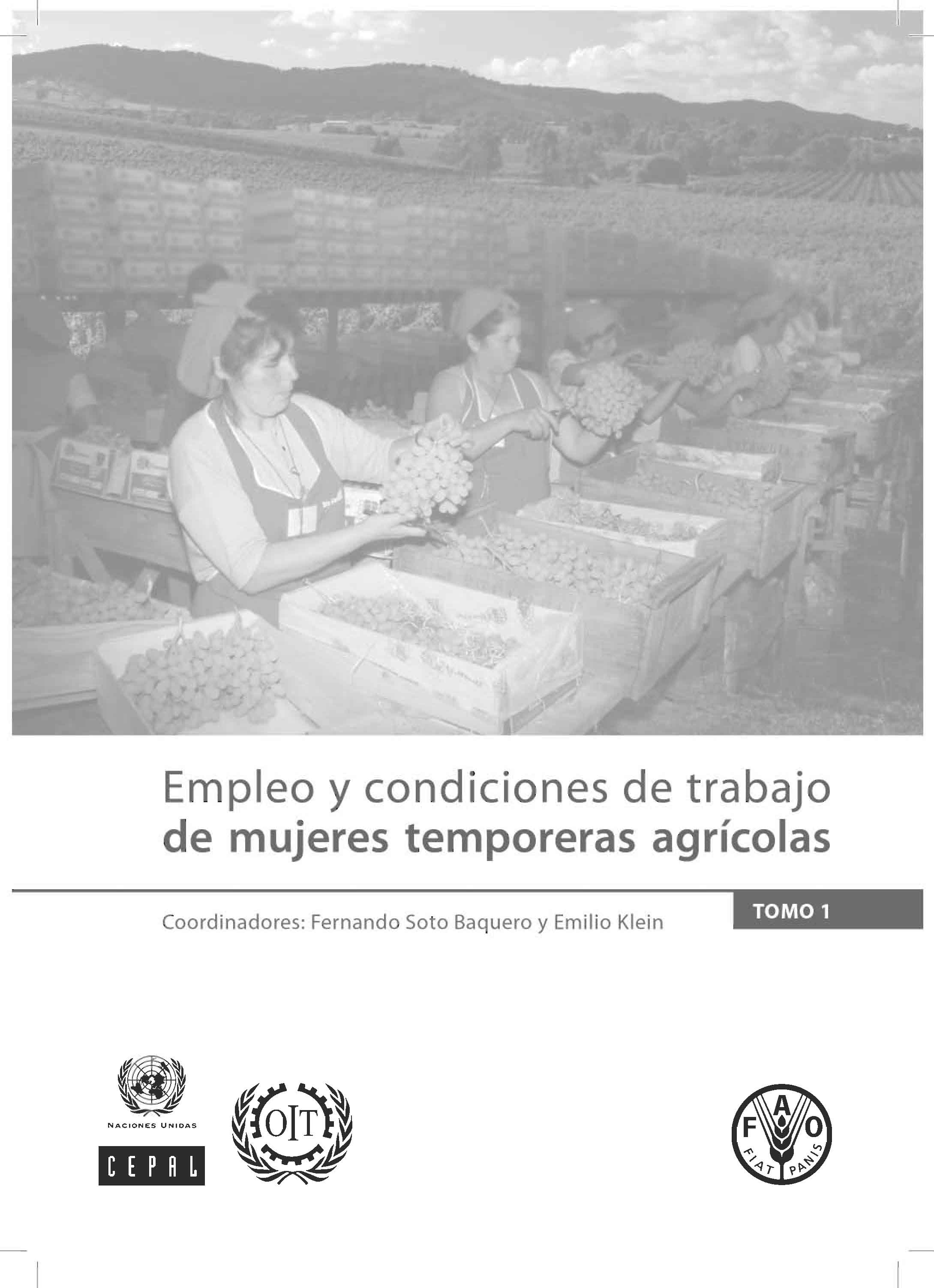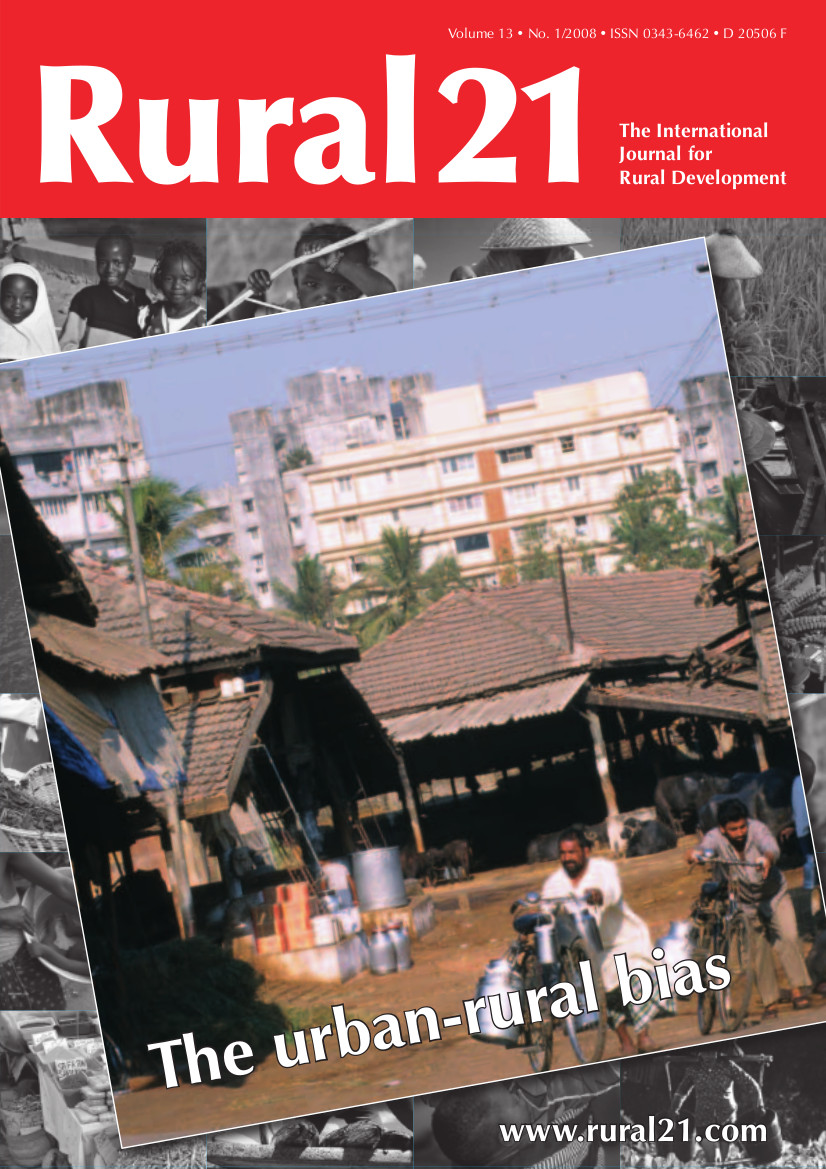Jóvenes en Los Andes
Este artículo mereció el primer premio en el Concurso “Juventudes Rurales, Situación y Desafíos” del año 2013. Su autor describe y analiza la participación de los jóvenes en la esfera política de las zonas rurales andinas de Bolivia y Perú, vinculando esa vivencia con las lógicas comunitarias tradicionales y las prácticas modernas. Asimismo muestra el apoyo que brindan los jóvenes a sus ayllus para el desarrollo comunitario.
Jóvenes en Los Andes
*Saúl Flores Calderón






